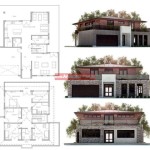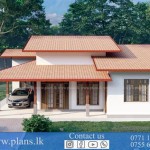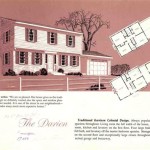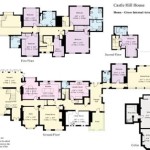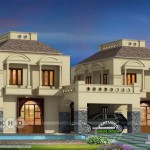House Plans: Single Story
Single-story house plans offer a range of advantages that appeal to a diverse array of homeowners. From enhanced accessibility to simplified maintenance and a unique aesthetic appeal, these designs present a compelling option for those seeking comfortable and practical living spaces. This article will explore the various aspects of single-story house plans, including their benefits, design considerations, popular styles, and cost implications.
Accessibility is a significant benefit of single-story homes. Eliminating stairs makes these plans ideal for individuals with mobility challenges, seniors, and families with young children. Daily navigation becomes easier and safer, fostering a more inclusive and convenient living environment. This ease of movement extends to furniture and appliance delivery, simplifying moves and renovations.
Maintenance is often streamlined in single-story homes. Cleaning gutters, window washing, and roof repairs become less complex and potentially less expensive without the need for ladders or specialized equipment. This simplified maintenance can contribute to long-term cost savings and reduced physical strain for homeowners.
Single-story living often fosters a greater sense of connection and flow within the home. The absence of stairs allows for a more open floor plan, enhancing interaction between family members and creating a more cohesive living space. This open concept can also improve natural light penetration and ventilation throughout the home.
Energy efficiency can be another advantage of single-story homes. With less exterior wall space compared to multi-story homes of similar square footage, heat transfer can be reduced, potentially lowering heating and cooling costs. Furthermore, the simpler roofline of a single-story home can simplify the installation of solar panels, providing an opportunity for sustainable energy generation.
Designing a single-story home necessitates careful planning to maximize space and functionality. Considerations include room placement, traffic flow, and storage solutions. Open floor plans are popular choices, promoting a sense of spaciousness and connectivity. However, thoughtful zoning of areas for specific activities, such as sleeping, dining, and entertaining, is crucial for maintaining privacy and functionality.
Single-story house plans come in a variety of architectural styles, catering to diverse aesthetic preferences. Ranch-style homes, known for their long, low profiles and open layouts, remain a classic choice. Craftsman-style homes, with their emphasis on natural materials and handcrafted details, offer a warm and inviting aesthetic. Contemporary single-story designs often incorporate clean lines, large windows, and minimalist features for a modern and sleek appearance.
The cost of building a single-story home can vary depending on factors such as square footage, location, materials, and finishes. While the foundation costs for a single-story home can be higher due to the larger footprint, the absence of stairs and simplified roofing can offset some expenses. Ultimately, comparing costs with multi-story homes of similar square footage in the same location is essential for an accurate assessment.
Lot size and shape play a crucial role in the suitability of a single-story house plan. Wider lots are generally preferred for accommodating the sprawling footprint of these designs. However, creative architectural solutions can adapt single-story plans to narrower or irregularly shaped lots. Consulting with an architect or builder is crucial to assess lot compatibility and explore design options.
Outdoor living spaces are easily integrated with single-story homes. Patios, decks, and gardens can seamlessly extend the living area, creating a harmonious connection between indoor and outdoor spaces. This integration can enhance the enjoyment of the natural surroundings and provide additional space for relaxation and entertainment.
Privacy considerations are important when designing a single-story home. Careful placement of windows and landscaping can help maintain privacy from neighbors and street traffic. Interior design elements, such as strategically placed furniture and room dividers, can also contribute to creating private zones within the open floor plan.
The long-term resale value of a single-story home is generally favorable. The accessibility and ease of maintenance associated with these designs appeal to a broad range of potential buyers, contributing to sustained demand in the real estate market. However, local market trends and property-specific features influence resale value significantly.
Choosing a single-story house plan requires careful consideration of individual needs, lifestyle preferences, and budget constraints. Researching different architectural styles, consulting with building professionals, and visiting model homes can provide valuable insights and inform decision-making. Ultimately, a well-designed single-story home can offer a comfortable, functional, and aesthetically pleasing living environment for years to come.

Unique One Story House Plans Monster

40 X 55 2 200 Sf One Story House Plan The Escape

Single Story Barndominium Floor Plans 12 Great Ideas Pole Barn House
Must Have One Story Open Floor Plans Blog Eplans Com

29 Fresh 5 Bedroom House Plans Single Story Family Modern Dream

Must Have One Story Open Floor Plans Blog Eplans Com

Beautiful Single Story House Plans With Photos Blog Dreamhomesource Com

Unique One Story House Plans Monster

Plans Lk Home Sri Lanka Single Story Houses

Four Bedroom Single Y House Plans Google Search Story Floor 5 Barndominium


